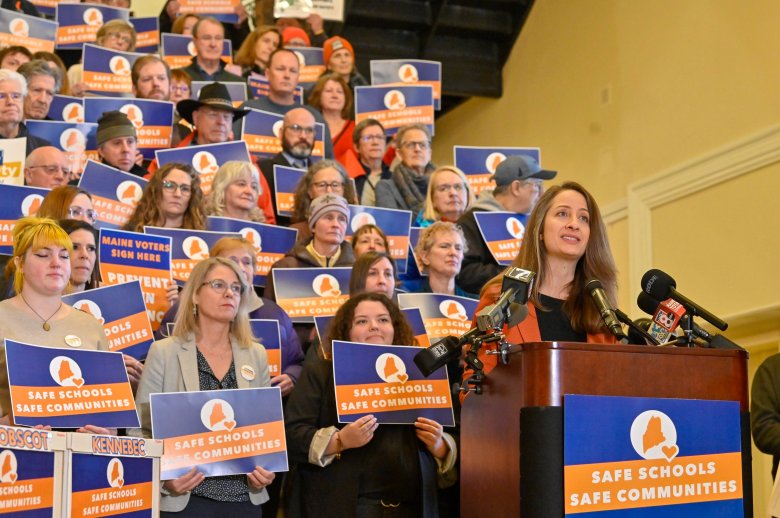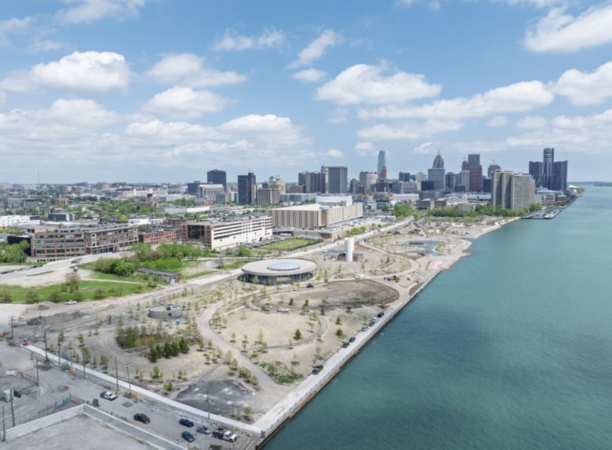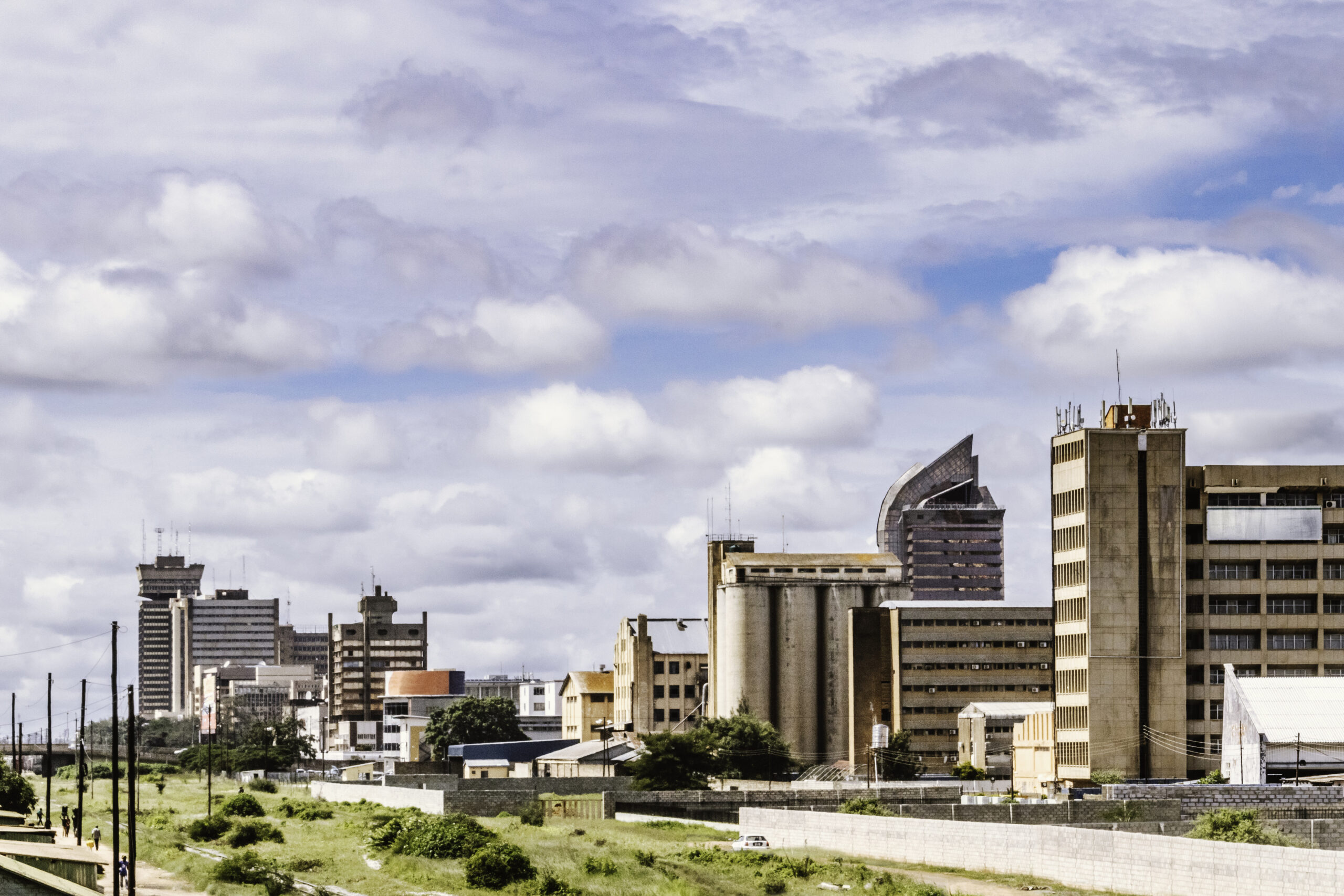This African country has no mobile internet access; here’s the surprising truth behind its digital blacko – The Times of India

Report on Digital Exclusion in Eritrea and its Conflict with Sustainable Development Goals
1.0 Executive Summary
Eritrea, a nation in the Horn of Africa, represents a unique case of digital isolation in the 21st century. The state’s near-complete restriction of internet access, particularly the absence of mobile data services, presents a significant barrier to its socio-economic development. This report analyzes the causes behind this digital blackout and evaluates its profound negative impact on the nation’s ability to achieve key United Nations Sustainable Development Goals (SDGs).
2.0 State of Digital Connectivity in Eritrea
Eritrea’s digital infrastructure is among the least developed globally. The populace faces extreme limitations on internet access, which fundamentally obstructs progress and global integration.
2.1 Infrastructure and Access Metrics
- Mobile Internet: There are no mobile internet services available to the general public.
- Broadband Connectivity: Private home broadband connections are non-existent.
- Public Access: Internet access is confined to a small number of internet cafes, primarily in urban centers.
- Penetration Rate: Reports indicate that only approximately 1% of the population has ever used the internet.
- Connection Quality: The available connections are notoriously slow and unreliable, often operating at speeds below 2G standards.
3.0 Causal Factors for Digital Scarcity
The lack of internet access in Eritrea is a multifaceted issue stemming from deliberate government policy and severe economic constraints. These factors create a cycle of exclusion that directly undermines progress toward several SDGs.
3.1 Political and Governmental Control
The Eritrean government maintains stringent control over all telecommunications infrastructure. This policy is officially justified by national security concerns but effectively limits public access to information and curtails fundamental freedoms, in direct opposition to the principles of SDG 16 (Peace, Justice, and Strong Institutions), which advocates for public access to information.
3.2 Economic Barriers
The cost of internet access is prohibitive for the majority of citizens. Accessing the internet for one hour at a cafe can cost 100 Eritrean nakfa (approximately $1.50 USD), a significant sum in a low-income economy. This economic barrier exacerbates poverty and inequality, hindering progress on:
- SDG 1 (No Poverty): By limiting access to economic opportunities and financial services.
- SDG 10 (Reduced Inequalities): By creating a stark digital divide between the few who can afford access and the vast majority who cannot.
4.0 Impact on Sustainable Development Goals (SDGs)
The absence of widespread and affordable internet access has a cascading negative effect on Eritrea’s development trajectory, making the achievement of several core SDGs virtually impossible.
4.1 SDG 9: Industry, Innovation, and Infrastructure
Eritrea is failing to meet Target 9.c, which calls for universal and affordable internet access. The lack of digital infrastructure cripples innovation, prevents the development of a modern digital economy, and isolates the country from global technological advancements.
4.2 SDG 4: Quality Education
The inability to access online educational resources, digital libraries, and virtual learning platforms severely compromises the quality of education. Students and educators are cut off from the global knowledge base, perpetuating an educational deficit that impacts future generations.
4.3 SDG 8: Decent Work and Economic Growth
Economic development is severely stunted. The lack of internet connectivity prevents:
- The development of e-commerce and digital entrepreneurship.
- Access to mobile banking and digital financial services.
- Integration into global markets and supply chains.
4.4 SDG 3: Good Health and Well-being
Access to critical public health information, telemedicine services, and global health updates is severely restricted. This information gap can hinder responses to health crises and limit public awareness of health and hygiene practices.
5.0 Conclusion and Future Outlook
Eritrea’s status as the world’s most digitally disconnected country places it at a severe disadvantage. The government’s policies of control, combined with economic hardship, create a formidable barrier to achieving the Sustainable Development Goals. While international advocacy for digital rights may exert pressure for reform, significant internal political and economic changes are required to bridge the digital divide. Until such changes occur, Eritrea will remain isolated, and its people will be denied the fundamental tools for development, education, and economic participation in the modern world.
Analysis of Sustainable Development Goals in the Article
1. Which SDGs are addressed or connected to the issues highlighted in the article?
The article on Eritrea’s lack of internet access touches upon several Sustainable Development Goals (SDGs) by highlighting the profound impact of the digital divide on a nation’s development. The following SDGs are relevant:
- SDG 4: Quality Education – The article explicitly states that the lack of internet means “Online resources, virtual learning, and global knowledge sharing are virtually inaccessible to most Eritreans,” directly hindering the goal of inclusive and equitable quality education.
- SDG 8: Decent Work and Economic Growth – The text points out that economic growth is stunted because “Without mobile payments, digital banking, or access to global markets, entrepreneurship and commerce remain stunted.” This connects directly to the goal of promoting sustained, inclusive, and sustainable economic growth.
- SDG 9: Industry, Innovation, and Infrastructure – This is the most central SDG, as the article’s entire focus is on the lack of telecommunications infrastructure. It notes that Eritrea has “no mobile internet service at all” and “extremely limited internet access,” which is a fundamental failure in building resilient infrastructure and fostering innovation.
- SDG 10: Reduced Inequalities – The article describes a severe “digital divide” that “perpetuates Eritrea’s socio-economic challenges.” The high cost of internet access makes it a “luxury few can afford,” creating and exacerbating inequality within the country and between Eritrea and the rest of the world.
- SDG 16: Peace, Justice, and Strong Institutions – The article attributes the internet scarcity to the “strict authoritarian regime” where the government “tightly controls telecommunications infrastructure and access.” This relates to the goal of promoting just, peaceful, and inclusive societies, as it highlights the restriction of “information flow” and fundamental freedoms.
2. What specific targets under those SDGs can be identified based on the article’s content?
Based on the issues discussed, several specific SDG targets can be identified:
- Target 9.c: “Significantly increase access to information and communications technology and strive to provide universal and affordable access to the Internet in least developed countries.”
- Explanation: The article’s core theme is the failure to meet this target. It describes Eritrea as a country with “no mobile internet,” where access is not universal (only 1% of the population) and not affordable (costing “100 Eritrean nakfa… for an hour of access,” a substantial expense).
- Target 4.4: “By 2030, substantially increase the number of youth and adults who have relevant skills, including technical and vocational skills, for employment, decent jobs and entrepreneurship.”
- Explanation: The article implies that this target is unachievable in Eritrea’s current state. Without access to the internet, citizens cannot develop the digital skills that are essential for modern employment and entrepreneurship. The stunting of “entrepreneurship and commerce” is a direct consequence.
- Target 8.2: “Achieve higher levels of economic productivity through diversification, technological upgrading and innovation…”
- Explanation: The lack of internet access prevents technological upgrading and innovation, which are key drivers of economic productivity. The article notes that the digital divide makes it “harder for the country to keep pace with global advancements.”
- Target 10.2: “By 2030, empower and promote the social, economic and political inclusion of all…”
- Explanation: The article highlights a profound state of digital exclusion. The fact that 99% of the population has no internet access demonstrates a failure to promote social and economic inclusion in an increasingly digital world.
- Target 16.10: “Ensure public access to information and protect fundamental freedoms, in accordance with national legislation and international agreements.”
- Explanation: The article directly links the lack of internet to government control, stating that the regime tightly controls access to limit “information flow” and “global news.” This is a direct contradiction of the goal to ensure public access to information.
3. Are there any indicators mentioned or implied in the article that can be used to measure progress towards the identified targets?
Yes, the article provides several quantitative and qualitative indicators that can be used to measure the current status and any future progress:
- Indicator for Target 9.c:
- Proportion of population with internet access: The article states that “only about 1% of the population has ever accessed the internet.”
- Mobile network coverage: The article specifies there is “no mobile internet service at all.”
- Affordability of internet: The cost is given as “100 Eritrean nakfa (roughly Rs 100) for an hour of access,” which is described as a “substantial expense” and a “luxury.”
- Internet connection speed: The connection is described as “dismal often slower than 2G.”
- Indicator for Target 8.2 & 4.4:
- Access to digital financial services: The article implies a zero-rate indicator by mentioning the absence of “mobile payments” and “digital banking.”
- E-commerce and entrepreneurship levels: The article qualitatively indicates these are “stunted” due to the lack of internet.
- Indicator for Target 16.10:
- Freedom of information: The article implies a very low level of freedom, citing the government’s “tight control” over telecommunications and “information flow.”
- Access to global news and social media: The article notes that “social media and messaging apps… are largely unavailable” and access to “global news” is limited.
4. Table of SDGs, Targets, and Indicators
| SDGs | Targets | Indicators Identified in the Article |
|---|---|---|
| SDG 9: Industry, Innovation, and Infrastructure | 9.c: Provide universal and affordable access to the Internet. |
|
| SDG 4: Quality Education | 4.4: Increase the number of people with relevant skills (including technical) for employment. |
|
| SDG 8: Decent Work and Economic Growth | 8.2: Achieve higher economic productivity through technological upgrading and innovation. |
|
| SDG 10: Reduced Inequalities | 10.2: Empower and promote the social and economic inclusion of all. |
|
| SDG 16: Peace, Justice, and Strong Institutions | 16.10: Ensure public access to information and protect fundamental freedoms. |
|
Source: timesofindia.indiatimes.com

What is Your Reaction?
 Like
0
Like
0
 Dislike
0
Dislike
0
 Love
0
Love
0
 Funny
0
Funny
0
 Angry
0
Angry
0
 Sad
0
Sad
0
 Wow
0
Wow
0
































_1.png?#)













































